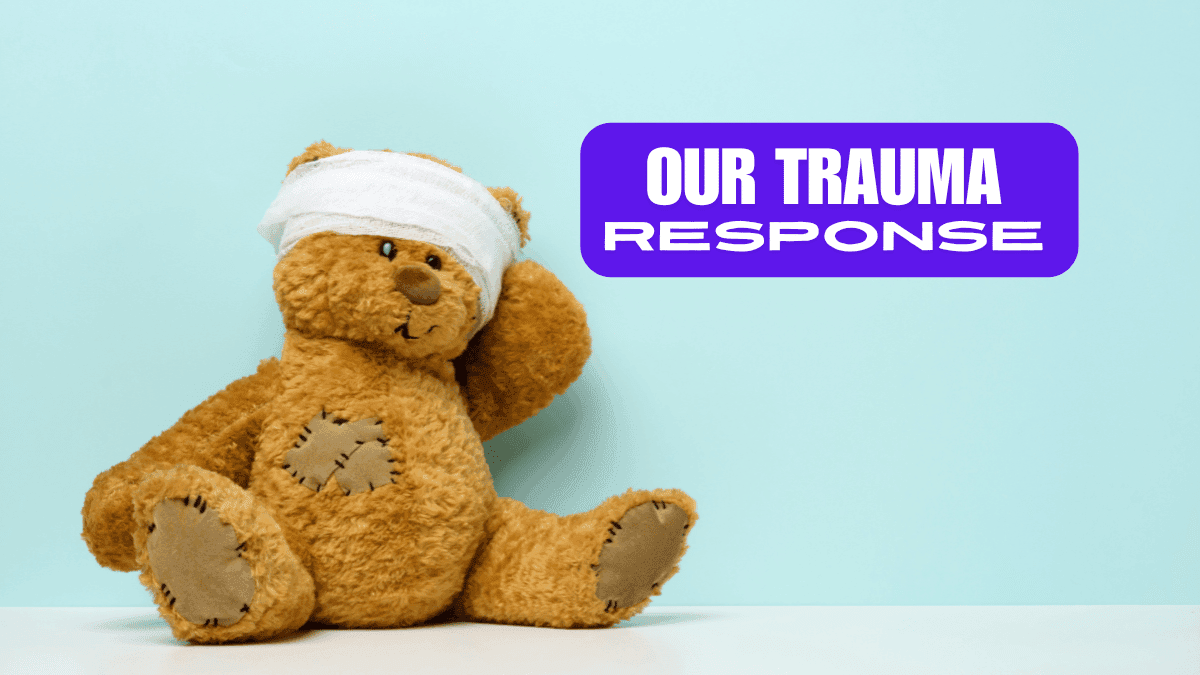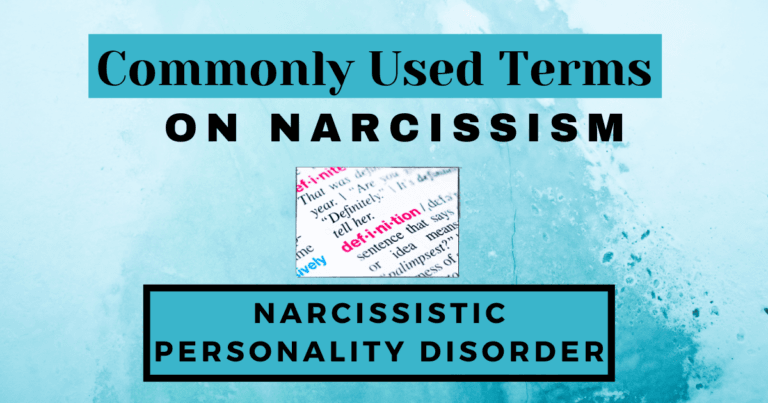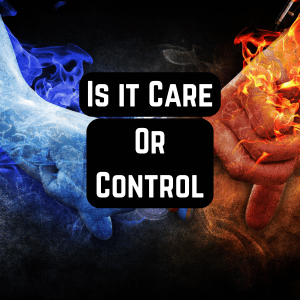Fight, Flight, Freeze, Fawn: How Trauma Responses Shape Our Everyday Lives (And We Don't Even Realize It)-3 Concepts
Trauma Response
When we hear the term “trauma responses,” we often think of extreme events like accidents, abuse, or life-threatening situations. The “fight, flight, freeze, fawn” responses are instinctual reactions wired into our brains to help us survive danger. But what if these same reactions show up in everyday life—at work, in our relationships, and even in mundane interactions—without us even realizing it?
This article will explore how the four trauma responses manifest in modern, day-to-day situations. By understanding these hidden patterns, we can develop greater self-awareness, gain control over our reactions, and begin making more conscious choices in life.
Related: Do Boundaries Really Work with Narcissists? Learn Effective Strategies
Related: Why Narcissists Struggle with Empathy: Understanding the Science Behind their Behavior
Related: Understanding Why Narcissists Create Chaos
Related: You Must Protect Yourself from Their Emotional Manipulation, Learn Strategies
1. The Fight Response: More Than Just Anger
When we think of the fight response, we might imagine someone lashing out in anger or physically defending themselves. However, in everyday life, the fight response can show up in more subtle ways, often linked to control, perfectionism, and dominance.
Everyday Examples:
- Workplace Perfectionism: A constant need to excel at work, control every detail, and be the best might be a fight response triggered by deep-seated fears of failure or inadequacy. This often leads to overworking and burnout, as people try to “fight” for their success.
- Arguments and Power Struggles: The fight response can emerge in personal relationships as frequent arguing, stubbornness, or an unwillingness to compromise. It’s not just about defending yourself from a threat—it’s also about defending your pride or your position in a disagreement.
- Controlling Behavior: The fight response might manifest in a desire to control others or situations. People who feel out of control in some parts of their life may react by becoming overly bossy or aggressive in other areas.
How to Recognize It:
If you find yourself frequently feeling defensive, needing to prove yourself, or trying to dominate conversations or situations, you might be engaging in the fight response. Recognizing this pattern is the first step toward learning to relax and let go of control when it’s not necessary.
2. The Flight Response: Avoidance in Disguise
The flight response is most commonly associated with running away from danger, but in everyday life, it often manifests as avoidance. People engaging in the flight response might avoid uncomfortable situations, difficult conversations, or responsibilities by distracting themselves or withdrawing.
Everyday Examples:
- Procrastination: Delaying tasks, avoiding responsibilities, or distracting yourself with less important activities could be the flight response at work. You may be “fleeing” from feelings of inadequacy or the fear of failure.
- Avoiding Conflict: Instead of addressing issues head-on, those with a strong flight response might retreat from confrontation, whether in friendships, romantic relationships, or at work. They might ghost people, ignore problems, or emotionally check out.
- Perfectionism’s Twin: While perfectionism can sometimes be a fight response, it can also be linked to flight. In this case, people use perfectionism as a way to avoid criticism or failure by obsessively perfecting every detail instead of facing their fear of making mistakes.
How to Recognize It:
If you find yourself constantly putting off tasks, avoiding difficult conversations, or withdrawing when things get tough, you may be engaging in the flight response. Developing the courage to face challenges rather than flee from them can help you gain more control over your life.
3. The Freeze Response: Feeling Stuck
The freeze response happens when we feel overwhelmed and are unable to take action. This response can show up in daily life as indecision, feeling stuck, or becoming emotionally numb in situations that are stressful or anxiety-inducing.
Everyday Examples:
- Analysis Paralysis: When faced with too many options or an overwhelming decision, some people freeze. They might overthink, analyze endlessly, and struggle to make a choice, paralyzed by the fear of making the wrong decision.
- Avoiding New Opportunities: The freeze response might cause someone to stay in a job they dislike or avoid pursuing new relationships because they feel immobilized by fear of the unknown. They become “stuck” in a situation, unable to move forward.
- Emotional Numbness: In emotionally overwhelming situations, the freeze response might cause someone to shut down or dissociate. They might feel disconnected from their own feelings or the people around them.
How to Recognize It:
If you often feel indecisive, emotionally distant, or unable to act in certain situations, you may be experiencing the freeze response. Learning to take small steps forward, even when you feel paralyzed, can help you regain momentum.
4. The Fawn Response: People-Pleasing as Survival
The fawn response is perhaps the least known but most relatable of the trauma responses. Fawning involves pleasing others to avoid conflict or criticism. People who engage in the fawn response may suppress their own needs, feelings, or opinions in favor of making others happy.
Everyday Examples:
- People-Pleasing: Constantly saying yes to others, even when it’s inconvenient or harmful to your own well-being, is a clear sign of the fawn response. People-pleasers often sacrifice their own happiness to keep the peace.
- Difficulty Setting Boundaries: Those who fawn might struggle to say no or set boundaries, fearing rejection, disapproval, or conflict. They often prioritize others’ needs over their own, leading to burnout or resentment.
- Hyper-Awareness of Others’ Emotions: People who engage in fawning might be overly attuned to the moods and needs of others. They might adjust their behavior to soothe or appease others, even if it means neglecting their own feelings.
How to Recognize It:
If you often find yourself trying to keep others happy at your own expense or fear conflict to the point of self-sacrifice, you may be engaging in the fawn response. Learning to prioritize your needs and assert your boundaries is crucial for healing this pattern.
Who Are You in Your Everyday Life?
By recognizing how these trauma responses manifest in everyday situations, you can begin to understand yourself on a deeper level. Do you fight for control, flee from discomfort, freeze in indecision, or fawn to please others? While these responses may have served you in the past, becoming aware of them allows you to break free from unconscious patterns and create a more balanced, intentional life.
How to Heal and Rebalance
Healing from these trauma responses requires self-awareness, patience, and often professional support. Here are some strategies to help:
- Self-Reflection: Take time to reflect on your reactions in different situations. Ask yourself if you’re engaging in any of the four responses, and explore why you might be doing so.
- Therapy: Trauma-informed therapies like Cognitive Behavioral Therapy (CBT), EMDR, or somatic therapy can help individuals understand and heal from these deep-rooted responses.
- Setting Boundaries: Whether it’s learning to say no (fawn), taking action despite fear (freeze), embracing imperfection (fight), or facing challenges head-on (flight), setting boundaries with yourself and others is crucial.
- Practice Mindfulness: Becoming aware of your thoughts and behaviors in the moment can help you identify when you’re reacting from a place of trauma and choose a healthier response.
Conclusion: Embracing Awareness for Personal Growth
Trauma responses are more than just reactions to extreme events; they shape the way we navigate daily life. Whether it’s through fight, flight, freeze, or fawn, these patterns can significantly impact our relationships, careers, and overall well-being. By becoming more aware of these responses, we can begin to heal, break free from unhealthy habits, and cultivate more fulfilling and intentional lives.
trauma responses trauma responses trauma responses trauma responses trauma responses trauma responses trauma responses trauma responses trauma responses








